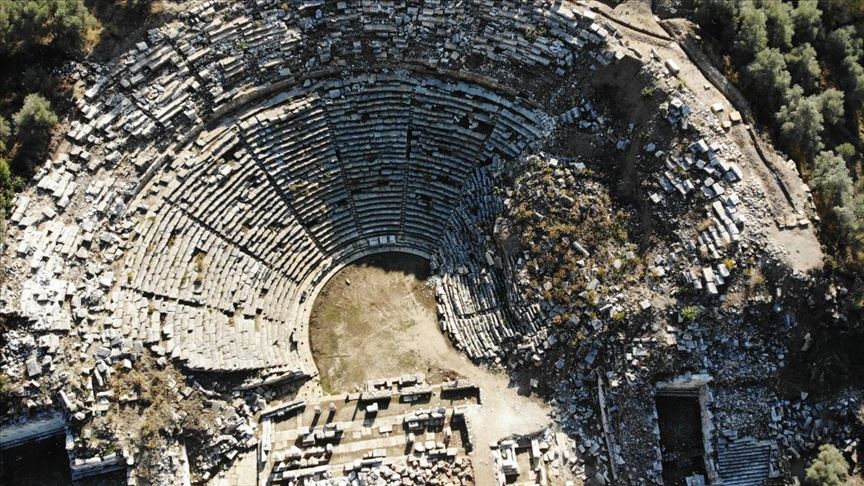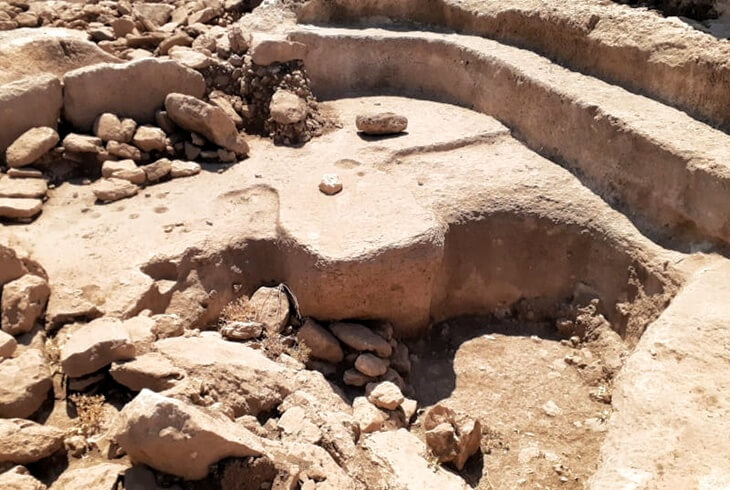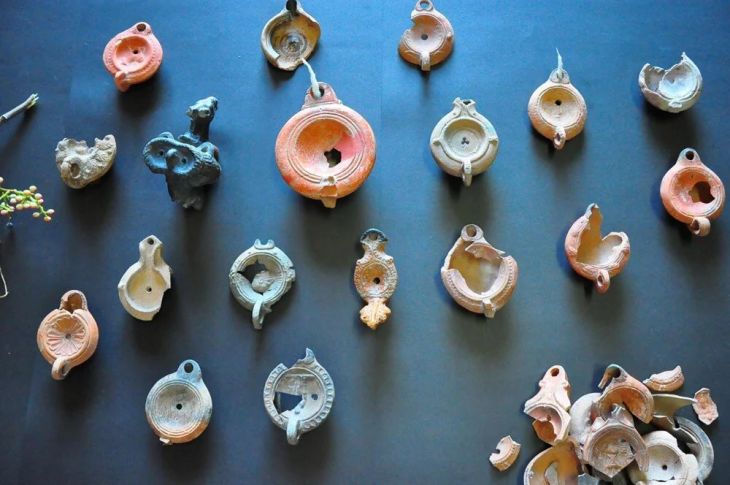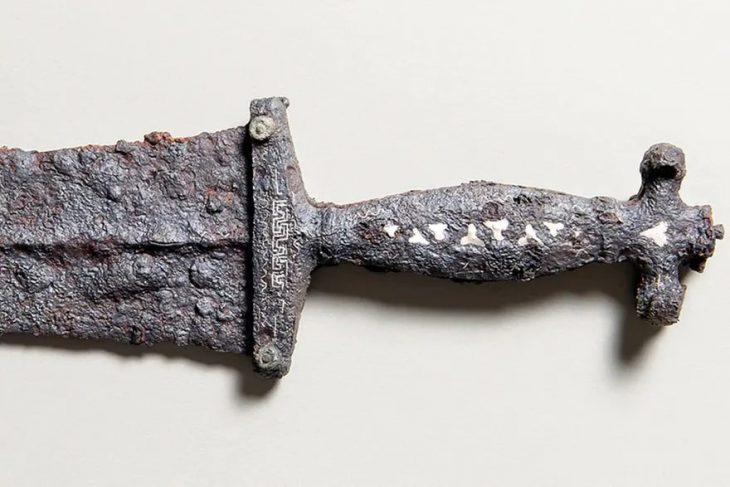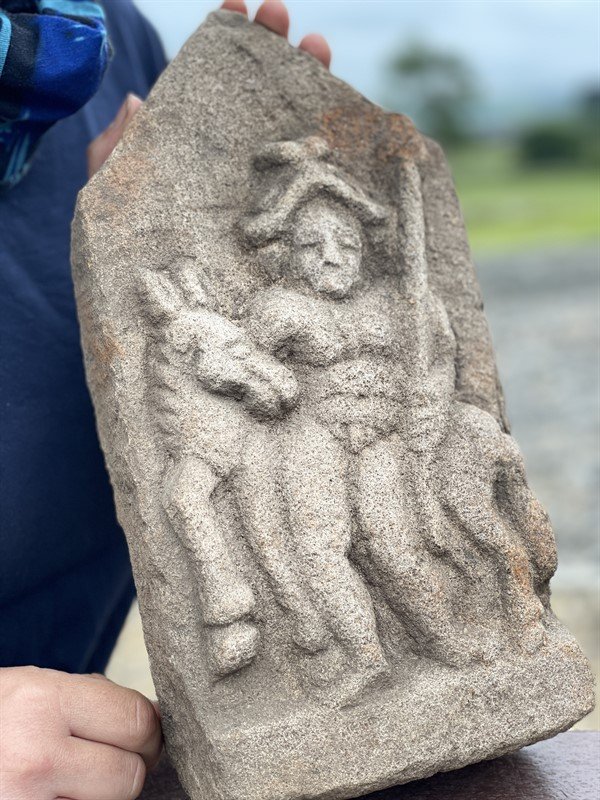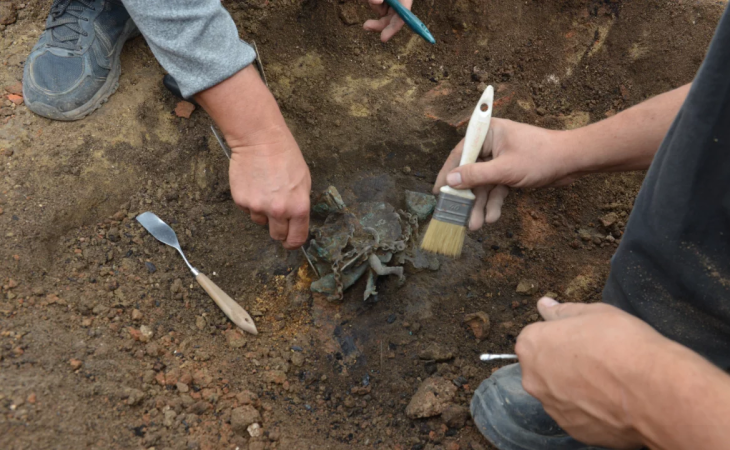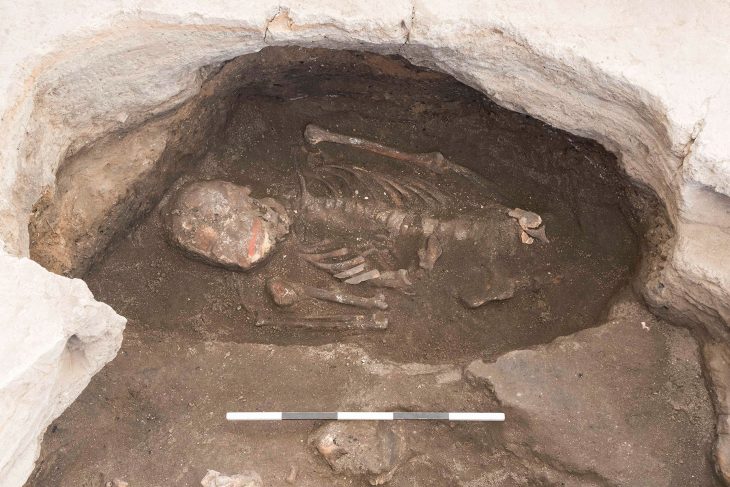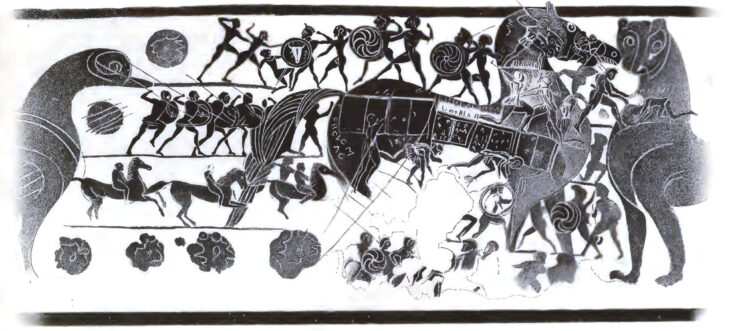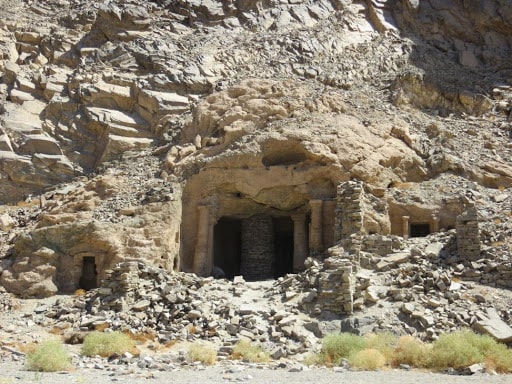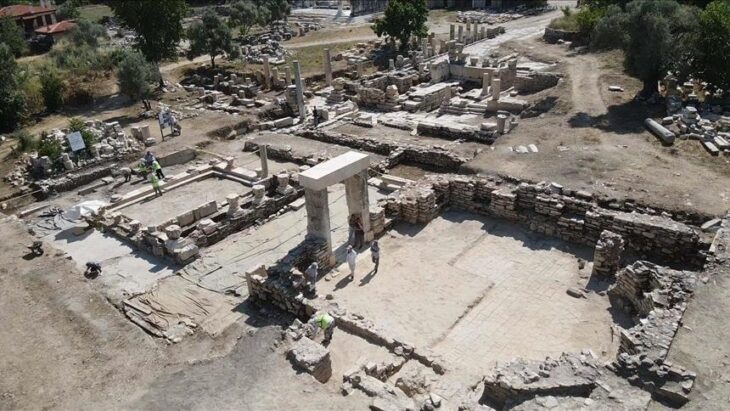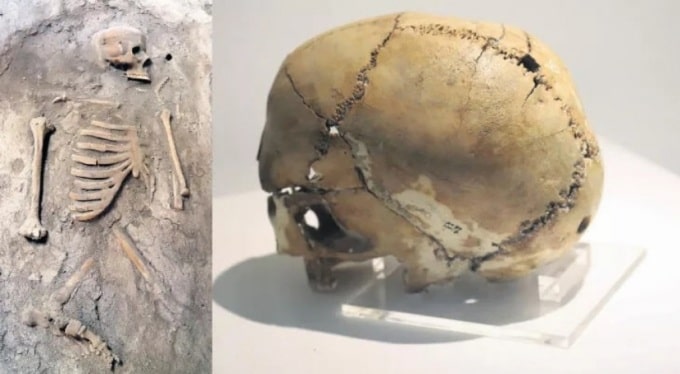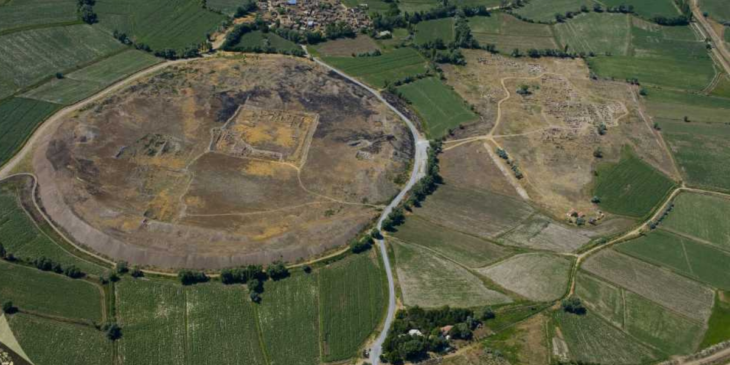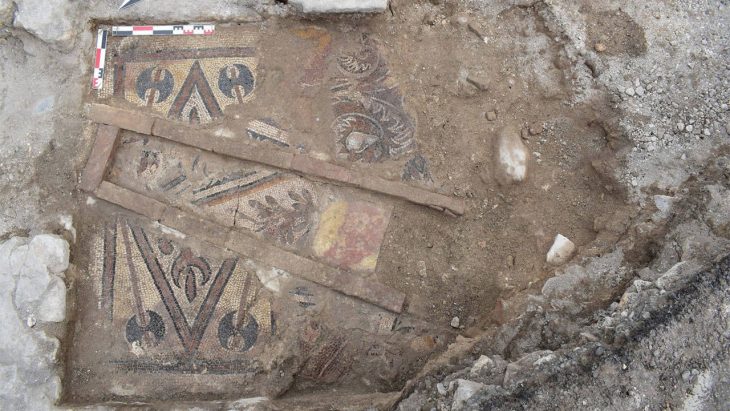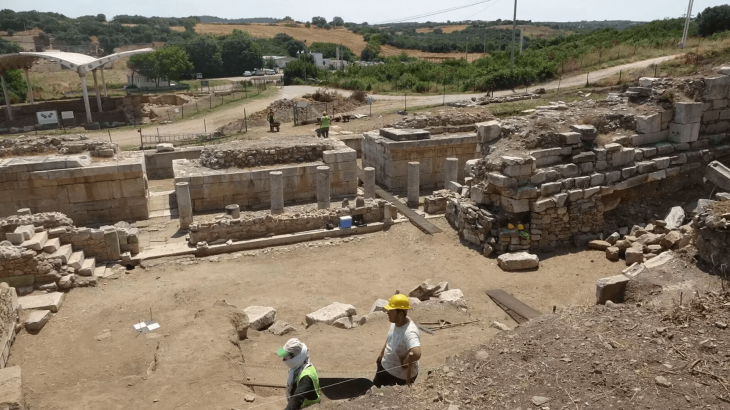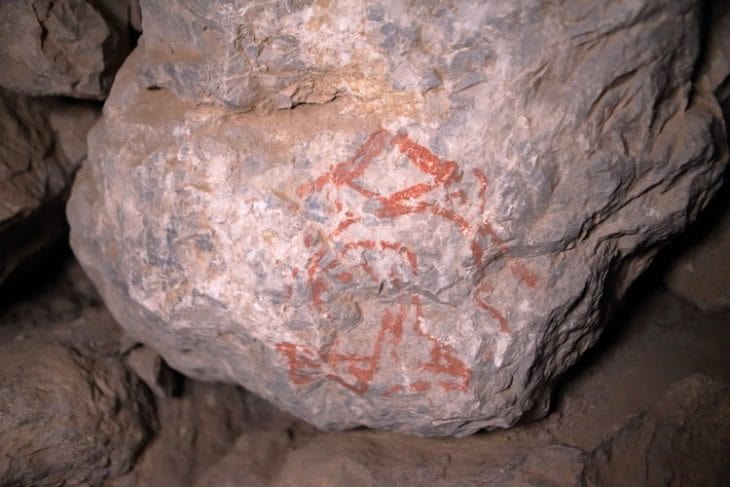The largest marble city in the world, located in western Turkey in the province of Muğla, draws attention with large inscriptions depicting traces of various civilizations on the wall of the 2,000-year-old city council hall, also known as bouleuterion.
Stratonikeia, located in the Yatağan district of Muğla, has been home to many civilizations throughout its history and is listed on the temporary World Heritage List by UNESCO. It is one of the largest marble cities in the world. Since 1977, excavation work has continued.
This ancient city was influenced by the Greek, Roman, Byzantine, and Anatolian beyliks (main periods), and it continued to play an important role in the Ottoman and Republican eras.
Speaking to Anadolu Agency (AA), Bilal Söğüt, the head of the Stratonikeia excavations, said that there are Latin inscriptions on the outer part of the northern walls of the bouleuterion in Stratonikeia, Greek inscriptions on the inner side of the same wall, and Ottoman inscriptions on the outer part of the Southern Wall.
He noted that one of the inscriptions in Greek that dates back to the Hellenistic period is a calendar.
He explained that the calendar was made by Manippos, a native of Stratonikeia and that it was used to mark the days over the 12 months of the year in 1505, adding that: “If we were using this calendar, we would have been around 3500s.”
The Latin inscriptions, meanwhile, show what goods were sold in Stratonikeia in the Roman period and their price ceiling about 1720 years ago.
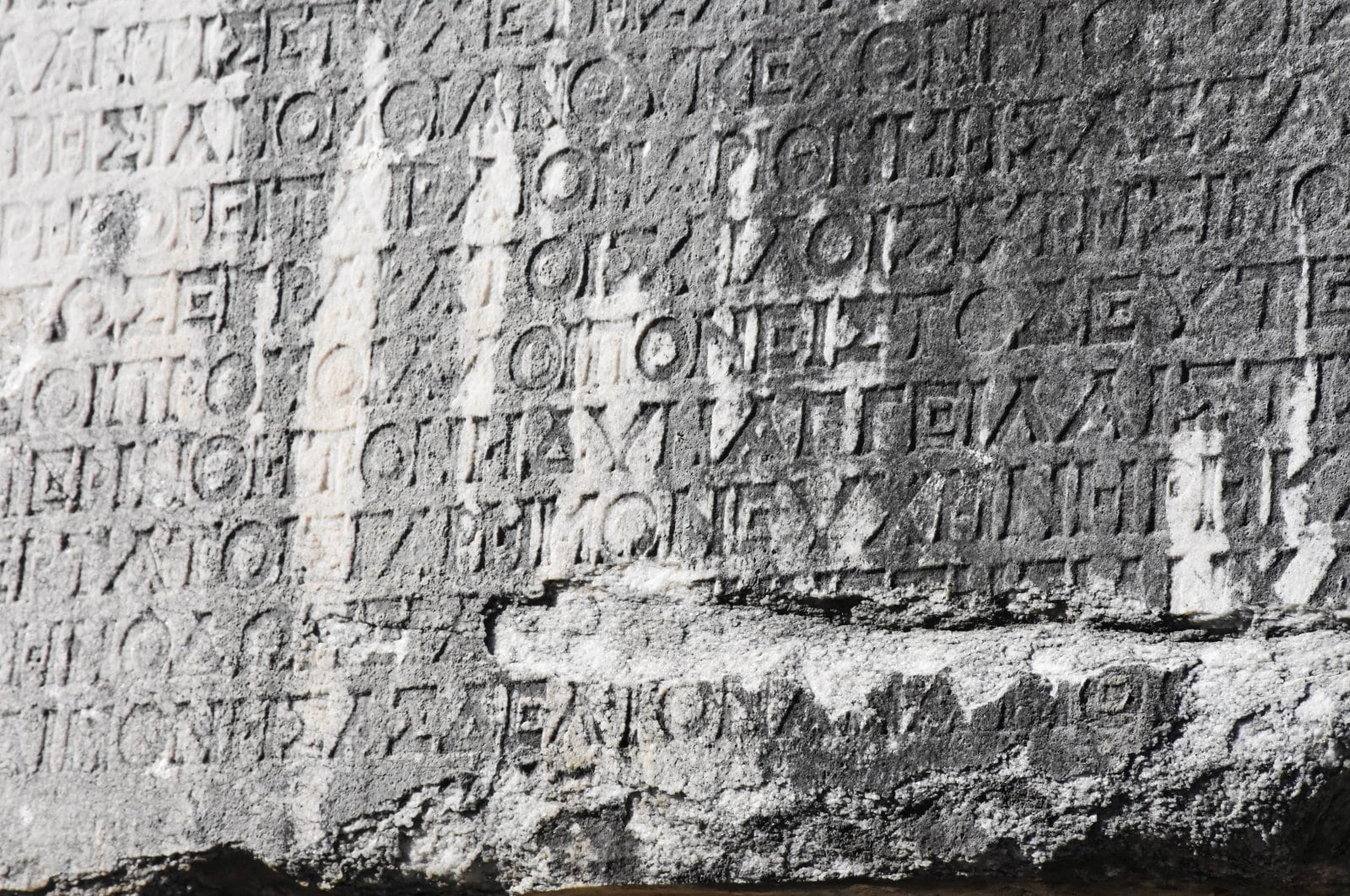
“To keep inflation under control, a price ceiling list was regulated,” Söğüt said.
Noting that the list including more than 200 products is an indicator that the society at the time was attempting to tackle inflation, he added: “In fact, the system in which producers and consumers were supported at that time is directly mentioned here.”
“This inscription is also very important for us in terms of the large area it covers. We preserve the most beautiful example of the inscription in Anatolia, which covers an area of approximately 23 square meters (248 square feet). The whole inscription stands on the walls of the city council hall,” he told.
He emphasized that careful works were carried out to unearth these inscriptions.
The Bouleuterion in the center of the city was built along the east-west direction and has a rectangular plane. According to architectural elements and decorations, the history of the building can be traced back to the second half of the first century BC.
The Stratonikeia, which has hosted many civilizations from antiquity to the present day, is one of the most important archaeological sites in Asia Minor and has unique features.
Cover Photo: AA

